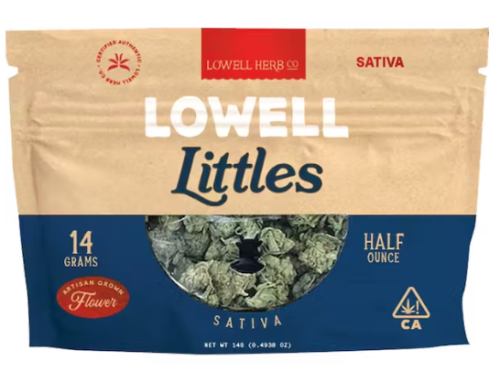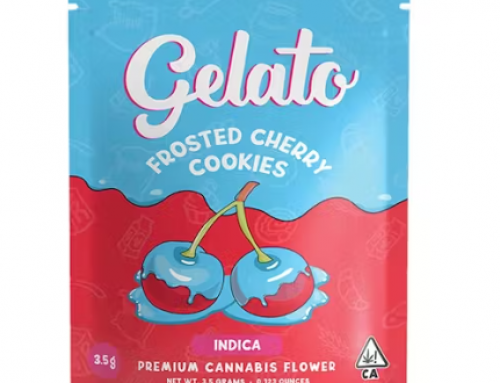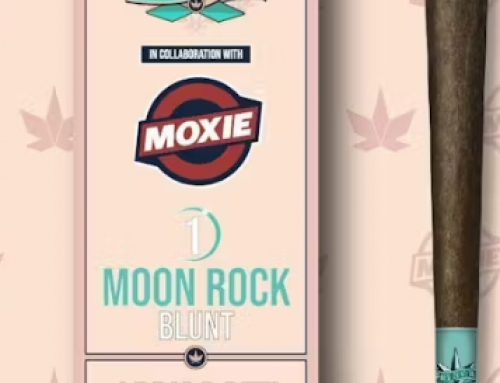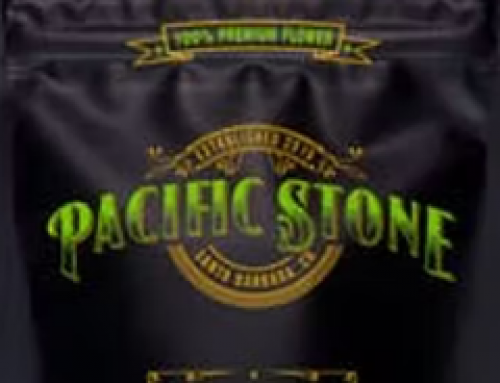 Cannabis-Infused Relief Balm from Humble Flower Co. at Natural Aid, LA
Cannabis-Infused Relief Balm from Humble Flower Co. at Natural Aid, LA
Using cannabis as medicine begins with understanding the basic science of decarboxylation, and why it is a crucial process in making edibles, tinctures and topical treatments. To get the full medicinal value out of your cannabis, it needs to be heated to a temperature that is just not possible to obtain in the human digestive system. The major downside of decarboxylating is that some of the more volatile terpenes (and other aromatics) that give the plant its signature aroma and flavor are lost during the process. Adding an equal amount of raw material to the decarboxylated materials may improve the taste and/or smell of your creations, but learning how to properly decarboxylate cannabis from the get-go will save you a lot of time, energy, money and product when cooking with cannabis.
The predominant compounds found in cannabis are THCA and CBDA. THCA is the major cannabinoid in Cannabis, while CBDA predominates in fiber-type hemp. THCA and CBDA accumulate in the secretory cavity of the glandular trichomes, which largely occur in female flowers and in most aerial parts of the plants. The concentration of these compounds depends on the variety of cannabis and its growth, harvesting and storage conditions. When locked in their acidic forms, THCA and CBDA are not bioavailable to the body’s cannabinoid receptors. Occurring either naturally within the plant, or upon “decarboxylation” (heating the plant material), these acids are non-enzymatically decarboxylated into their corresponding neutral forms (THC and CBD).
How to Decarboxylate Cannabis
1. Preheat oven to 225° F / 110° C.
2. Line an oven-safe dish (or a rimmed baking sheet) with parchment paper…
Read the entire article on How to Decarboxylate Cannabis at WeedWay.com.




Leave A Comment
You must be logged in to post a comment.